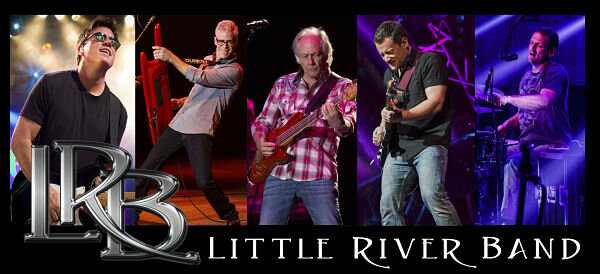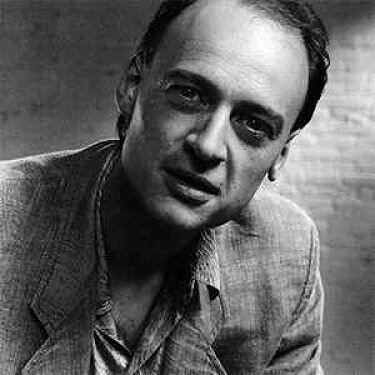Wayne Nelson (Little River Band)


By Joe Gagliardo
How does a guy from Chicago, via Peoria, Illinois, end up being the lead singer, bassist and producer for an Australian group that had achieved massive success all over the world? You are about to find out!
Wayne Nelson was raised in a musical family: his father was a drum major in college, and his mom loved classical music. Surrounded by majestic music playing in the house, his parents also sang in their church choir, and got Wayne involved at a very early age. Singing in the choir, while standing in front of the pipe organ, Wayne developed a love for the bass and cello sections.


In high school, Wayne formed his first band, serving as a bassist and lead singer. Starting out on a lemon yellow Teisco, dubbed the “yellow submarine,” Wayne graduated to a 1968 Fender Precision bass, and ultimately to his current basses, a 5-string Victor Wooten model Jazz Bass and a 5-string Ernie Ball MusicMan StingRay.
Among Wayne’s bass heroes are a varied group with regard to genres and playing styles: James Jamerson, Paul McCartney, Bill Wyman, Peter Cetera, Jim Fielder (Blood, Sweat & Tears), Jaco Pastorius, Jack Bruce, Larry Graham, Ron Carter, Charlie Mingus and Anthony Jackson.


Those influences have served Wayne well. While in Chicago, he was in The Grip, which included former American Breed and Rufus members, Lee Graziano and Paulette McWilliams, who, in addition to her solo career, went on to sing with Marvin Gaye and Luther Vandross, among others, and he appeared on Paulette’s LP, Never Been Here Before.
He also played with Wooden Nickel singer/songwriter/ recording artist, Megon McDonough; Koala, which was a blue-eyed soul funk band, and John Bishop, a jazz guitar player.
Moving to Los Angeles at the suggestion of one of his former band mates, Wayne played bass with singer Eloise Laws, the sister of Hubert and Ronnie, and the drummer, coincidentally, was Andre Fischer, who was the drummer on the first Rufus LP with Chaka Khan.
Wayne played with Jim Messina for two years and anchored the former Buffalo Springfield / Loggins & Messina guitarist’s debut release, Oasis. His tenure with the Messina band included a two week tour in 1980 opening for the Little River Band. During that trek, Wayne was asked to join as the bass player. Fast forward 40 years, and Wayne is now the bassist, lead singer and producer of the Little River Band.
Keep up with Wayne and the Little River band here: www.reallittleriverband.com
Check out Wayne’s singing and bass lines with the LRB:
“It Was The Night” https://youtu.be/2qsQrsjkPpM
“How Many Nights” https://youtu.be/OdOxR_GkWMU
“It’s Just a Matter of Time” https://youtu.be/G4UOCkJ9YeE


In the early 90’s Wayne was also part of the LA Cowboys, with their sole release Endless Summer, produced by Wayne and Jim Studer, and included Michael Thompson, Michael Landau, Tris Imboden and Greg Bissonette.
Check out the title track “Endless Summer” https://youtu.be/3SsQ4-Kd4zA



























